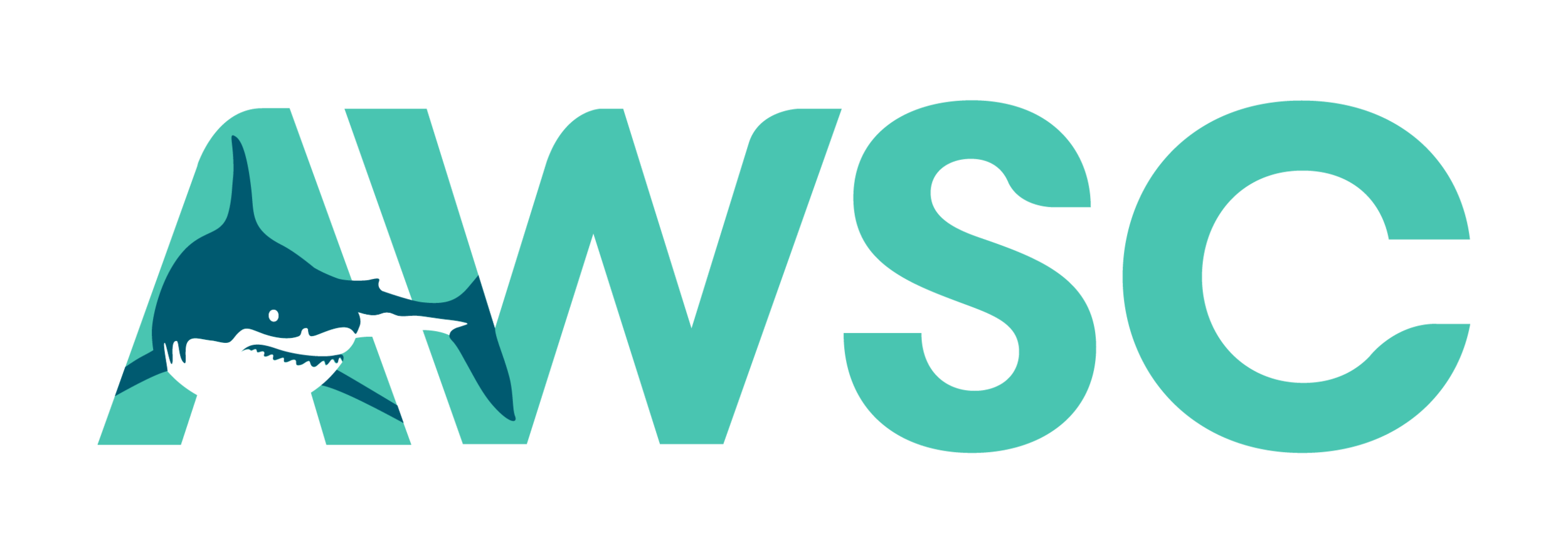Atlantic White Shark Conservancy Updates White Shark Catalog following 2022 Research Season; More than 600 Individual Sharks Now Identified
The Atlantic White Shark Conservancy (AWSC) has updated its publicly available White Shark Catalog, to include data from the 2022 research season. The AWSC’s catalog is the most comprehensive source of photos and information on individual white sharks that have been identified in the Northwest Atlantic. To date, the AWSC has identified more than 600 white sharks since it began monitoring the population in 2014. The Catalog can be accessed via the White Shark Logbook, which is hosted on the Conservancy’s website.
White sharks can be distinguished and identified based on their unique coloration, markings on the gills and fins, and dorsal fin profiles. Every year, AWSC researchers, working in collaboration with Dr. Greg Skomal of the Massachusetts Division of Marine Fisheries, use underwater video footage of white sharks collected along Cape Cod to document and match each shark encountered with previously identified individuals using the Catalog. This allows researchers to determine whether an individual has been seen before. ‘New’ sharks are entered into the catalog and assigned a nickname, many of which are inspired by that individual’s unique markings. Once an individual is entered into the catalog, researchers can keep records of when and where that shark was seen over time and continually add to their knowledge of the population.
From footage collected during the 18 research trips conducted in 2022, the AWSC team identified 55 new individuals and documented the return of 63 sharks that had been identified in previous years. Among the returning individuals was white shark ‘Danny’, an 11-foot male that was first identified by the team in 2014. He has returned to Cape Cod every year since and was tagged by Dr. Skomal in 2019. Since he was tagged, he has traveled as far south as Georgia and as far north as Maine and Nova Scotia, Canada. From the footage collected over the years, the team has been able to document Danny’s growth as well of evidence of predatory interactions with seals.
“By comparing images of Danny collected over the years, we know he appears to be in good health and is feeding on seals off our coast” said Megan Winton, research scientist, Atlantic White Shark Conservancy.
Footage of white sharks collected outside of Cape Cod waters has proven valuable for learning more about the species throughout its range in the northwest Atlantic. Individual white sharks travel thousands of miles along the eastern coast of the United States and Canada over the course of the year. In 2021, charter captain Chip Michalove of Outcast Sport Fishing caught and tagged an 11-foot male white shark off Hilton Head, South Carolina. Captain Michalove has been helping scientists by tagging white sharks during the winter and spring portion of their migration since 2016. He provided the footage to the AWSC research team, who were able to identify it as an individual nicknamed ‘Mushroom’ for the unique markings on one of his fins. Mushroom was first identified from footage collected off Cape Cod in 2017 but had not been seen by the research team since.
“He had grown almost 3 feet since last time he was seen off the Cape and is exhibiting changes indicating he is maturing,” said Winton. “Captain Michalove’s sending videos and images to the AWSC is a perfect example of how boaters and fishermen reporting sightings can help us learn more about white sharks off Cape Cod and beyond.”
Since he was tagged, Mushroom has visited the waters off Palm Beach, Florida, and returned to Cape Cod in the fall of 2022.
“The AWSC provides the most comprehensive publicly available information on white sharks in the Northwest Atlantic. In addition to white shark sighting and detection data, the White Shark Catalog is another valuable resource,” said Cynthia Wigren, CEO and co-founder, Atlantic White Shark Conservancy. “We encourage everyone on the east coast of the US and Canada who encounters a white shark to send us video footage and photos so we can continue to build and enhance the catalog.”
